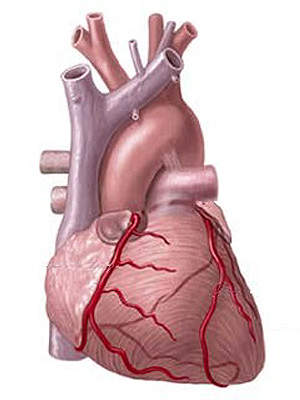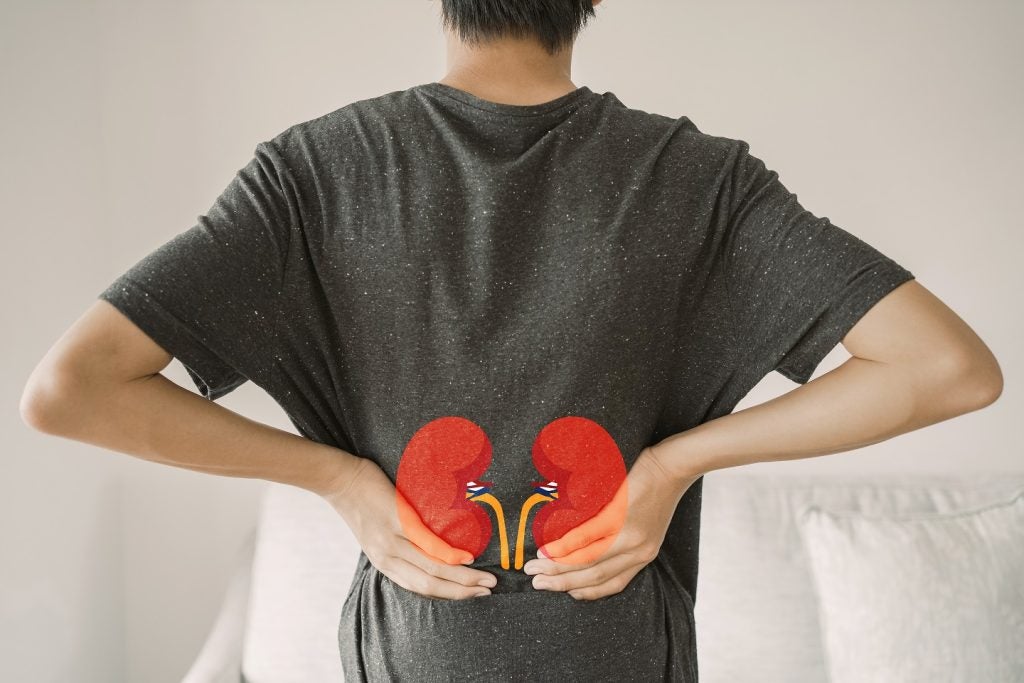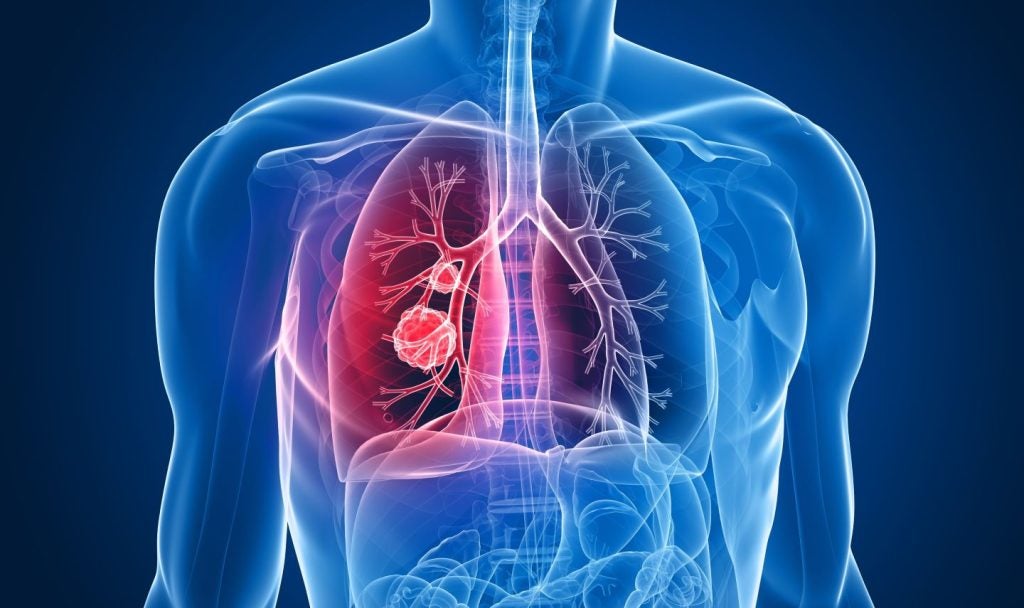
Using the Venice 2003 clinical classification system, pulmonary hypertension (PH) is classified into five major categories, of which, pulmonary arterial hypertension (PAH) is one. PAH is further categorised into five subcategories – idiopathic, familial, associated with other conditions, associated with significant venous or capillary involvement, and persistent PH of the newborn.
PAH occurs rarely and is a life-threatening lung disease frequently undiagnosed by physicians. PAH is also sometimes misdiagnosed as emphysema or asthma. Nearly 150,000 patients globally suffer from PAH, which is a chronic disease of the pulmonary vasculature characterised by progressive and sustained elevation of the pulmonary arterial pressure leading to failure of the right ventricular and death of the patient.
Patients with PAH suffer from shortness of breath due to high blood pressure. This causes the heart to struggle to pump the blood to the lungs.
If this disease is not recognised and treated, the patient may die within three years.
The “Pulmonary Hypertension Global Clinical Trials Review, Q1, 2011” report by GlobalData provides comprehensive information about pulmonary hypertension clinical trials conducted by key companies and institutes / universities / hospitals. The selection of the sponsors is based on the total number of pulmonary hypertension clinical trials conducted by them. The clinical trials compiled in this report are from 70 registries across the globe, taken from 1982 to January 2011.
North America: leading destination for PH clinical trials
In total there were 109 PH clinical trials conducted as of January 2011, of these 49 were in North America. More than 40% were conducted in North America followed by 26% in Europe. In North America, the US has the highest number of PH clinical trials followed by Canada.
How well do you really know your competitors?
Access the most comprehensive Company Profiles on the market, powered by GlobalData. Save hours of research. Gain competitive edge.

Thank you!
Your download email will arrive shortly
Not ready to buy yet? Download a free sample
We are confident about the unique quality of our Company Profiles. However, we want you to make the most beneficial decision for your business, so we offer a free sample that you can download by submitting the below form
By GlobalDataAmong European countries, Germany carries out the highest number of PH clinical trials followed by Austria, the UK, France and Netherlands. In Asia Pacific, Japan has the highest number of PH clinical trials followed by Australia, Republic of Korea, Taiwan and Singapore.
In the Middle East and Africa, Israel has the highest number hypertension of PH clinical trials followed by Egypt.
Trials by phase
As of January 2011, there were 63 clinical trials in progress, of which 27% (17 trials) were in phase II. Of the 63 clinical trials in progress, 32 trials were completed. Fourteen trials were terminated / suspended or withdrawn due to a lack of efficacy, safety and accrual of subjects.
Success rates of the trials were based on completed versus uncompleted (terminated, suspended or withdrawn) trials.
Growth rates to 2016
The global PAH market was estimated to be worth $2,653m in 2009. According to the Venice 2003 revised classification system, PAH is categorised as World Health Organization (WHO) Group I – PAH. Prior to 2001, no drug was approved for the treatment of PAH. Only supportive care medication such as anticoagulants, diuretics, oxygen, digoxin and calcium channel blockers were given to patients.
In 2001, the US Food and Drug Administration (FDA) approved Tracleer as the treatment for patients with PAH. This drug is a registered trademark of Actelion. The sales of Tracleer grew rapidly due to a high patient switchover from off-label drugs to Tracleer and a better efficacy profile compared with the previously used off-label drugs.
The FDA also approved three more drugs: Remodulin, Vent avis and Relation in 2002, 2004, and 2005, respectively, for the treatment of PAH; however, these drugs accounted for only a 24% market share in PAH market in 2005. Between 2005 and 2009, the PAH market grew at a compound annual growth rate (CAGR) of 39.2% and recorded revenues of $2,653m in 2009.
According to GlobalData analysis, the PAH market is forecast to grow at a CAGR of 5% annually over the next six years to reach $3,569m by 2015.
Tracleer, the major revenue-generating drug of the PAH market is expected to go off patent by 2015. The patent expiry of this drug will be a major barrier for the market growth.
Until this time, the growth of the PAH market was primarily attributed to increased competition among existing products, the release of new and enhanced treatment options, and the development of safer and more efficacious therapies. In 2009, Actelion, with its key drug Tracleer, was the leading player in the global PAH market.
Competition to intensify
The leading companies in the global PAH market are Actelion, Eli Lilly, Gilead Sciences, United Therapeutics Corporation, Pfizer, Genetic (Roche), Bayer Schering Pharma and Quadrant Technologies. Together, these companies accounted for more than 99% of the global PAH market in 2009.
Actelion was the market leader with a share of more than 50%, followed by Relation and Remodulin with 15% each.
Companies including Actelion, United Therapeutics Corporation, Bayer, Gilead Sciences, Pfizer, Novartis, Bristol-Myers Squibb, sanofi-aventis, GlaxoSmithKline and Cogentus Pharmaceuticals have some of the most technologically advanced products in their pipeline portfolios and are expected to play a key role in the PAH market between 2009 and 2016. The global PAH market has seen intense competition in recent times, which is expected to intensify in the coming years.
Late-stage pipeline drugs
GlobalData found that there were 67 products in different stages of clinical development in 2009. Treprostinil, sitaxentan and tadalafil are undergoing lifecycle management activities and clinical trials are being conducted to evaluate the efficacy and safety of these drugs in new patient-base or new geographical location.
There are many other products in phase III, such as imatinib mesylate (Gleevec), QTI571, BAY63-2521 and combination therapies such as hypoglycemic agents and antihypertensive agents. The majority of these pipeline products differ from the marketed ones in terms of addressing the unmet clinical needs.
Pipeline products are being developed to have improved features such as reduced risks associated with intake, better efficacy regardless of the degree and length of illness, ability to slow down the progression of the disease, and less side effects. If launched successfully, these products are expected to meet most of the patients’ unmet needs.
Similar efficacy and safety profiles
The pharmaceutical market is dominated by endothelin receptor antagonists such as Tracleer and Letairis. These two products have a similar efficacy profiles; however, the safety profile of Letairis is better than that of Tracleer.
The competition is expected to increase further as many promising drugs such as ACT-064992, Oral treprostinil, Riociguat (BAY63-2521) are launched in the coming years. In June 2009, inhaled treprostinil (Tyvaso) was approved by the FDA for the treatment of PAH. Therefore, the current competition in the PAH market is strong and the available treatment options have proven to be effective against PAH.
Products currently available have disease-modifying properties and show relief from disease-associated symptoms. Symptomatic relief for the patient varies according to the dosage and type of therapy. The current PAH market is projected to record revenues worth $3,569m by 2015. In 2016, the market is expected to witness a decline due to the patent expiry of the blockbuster drug Tracleer.







